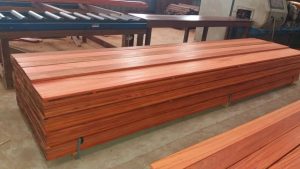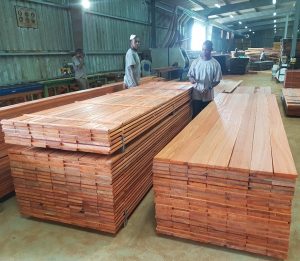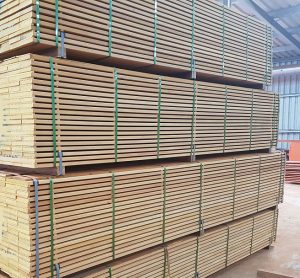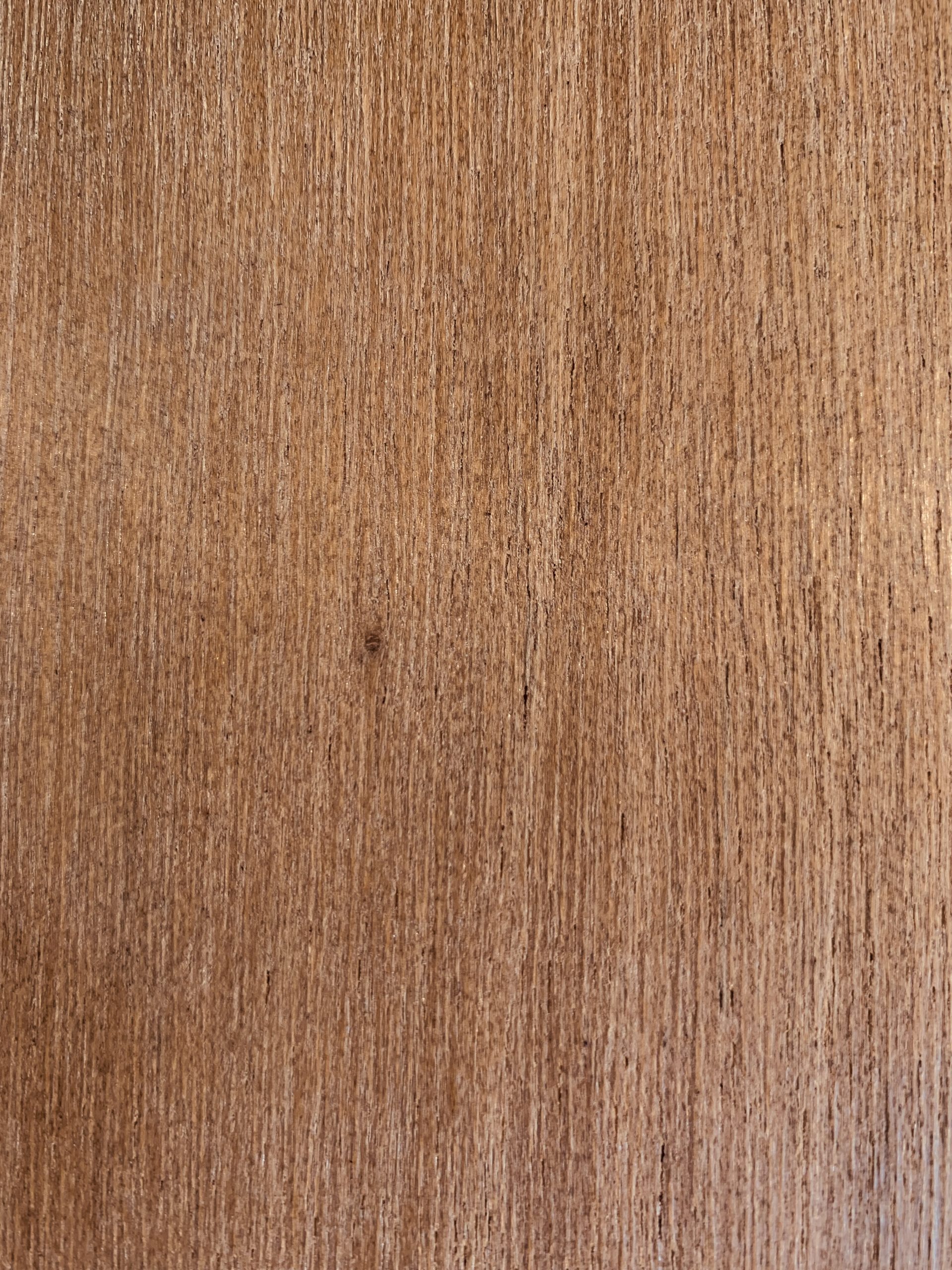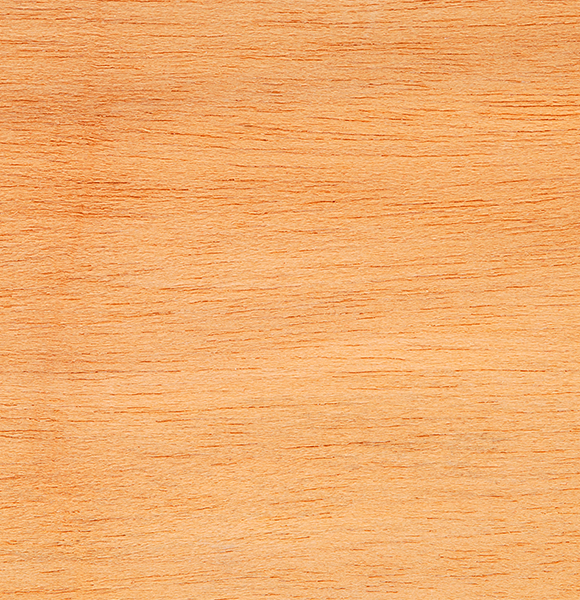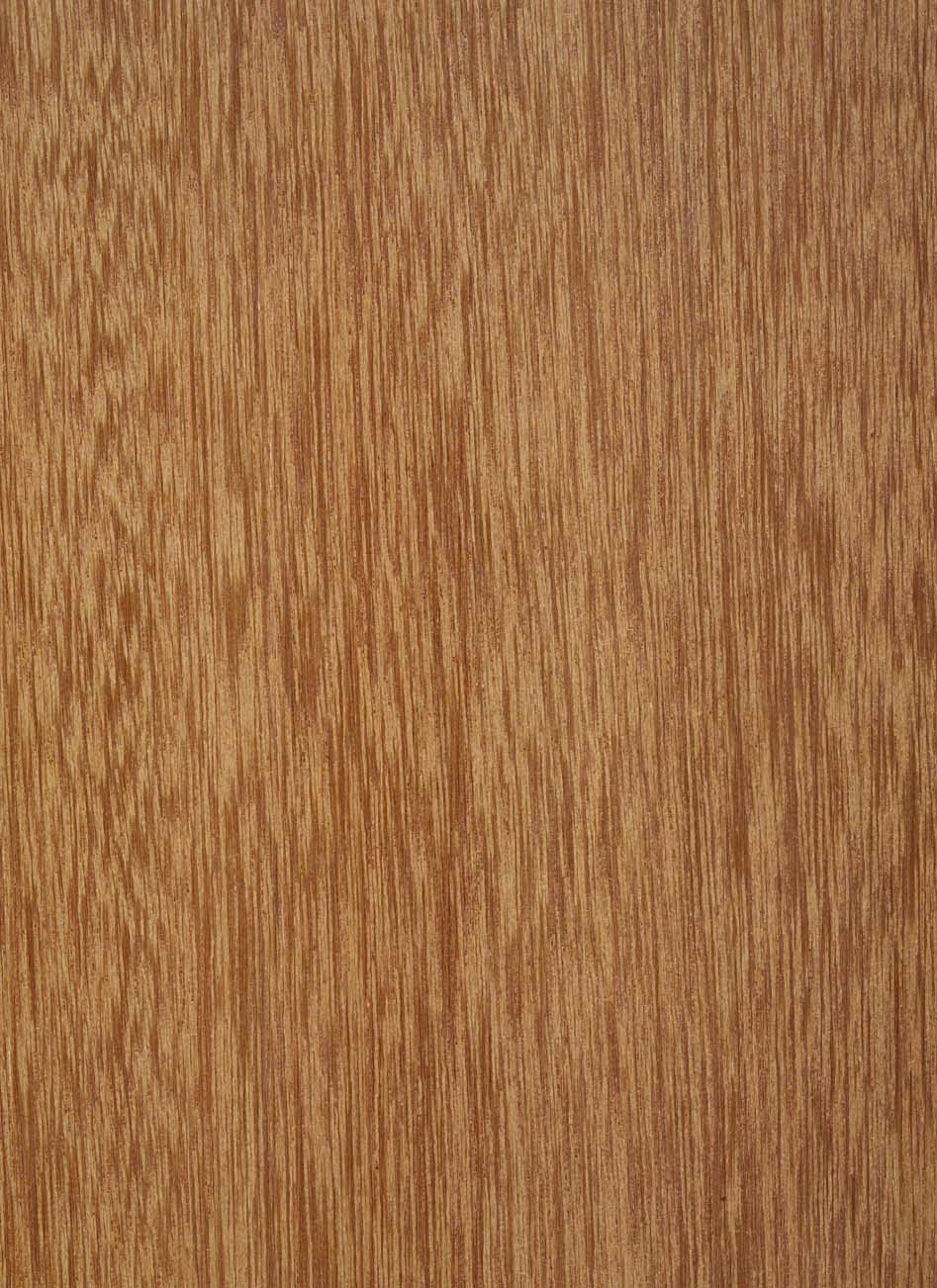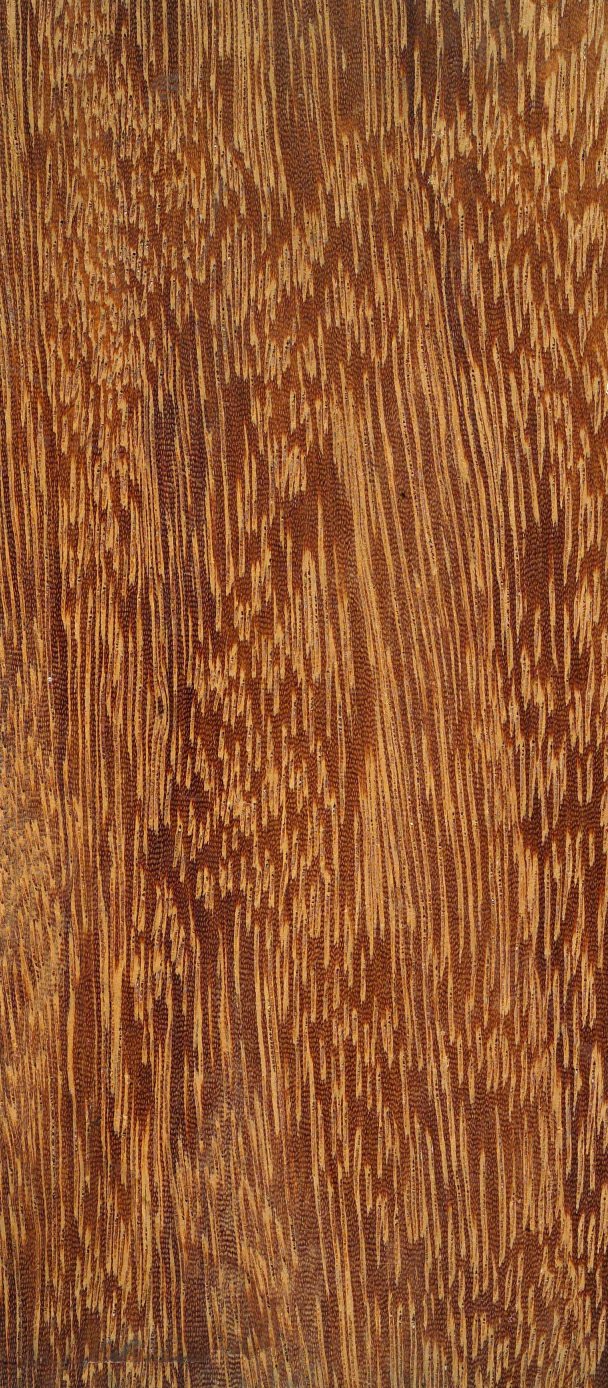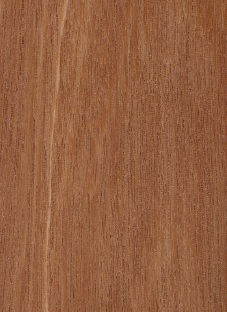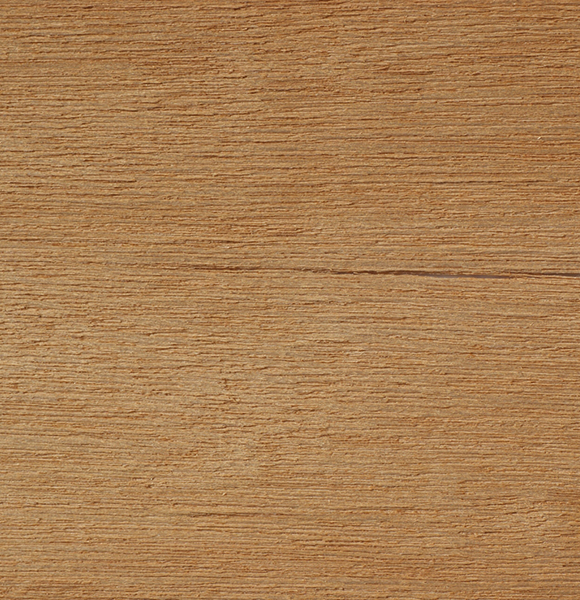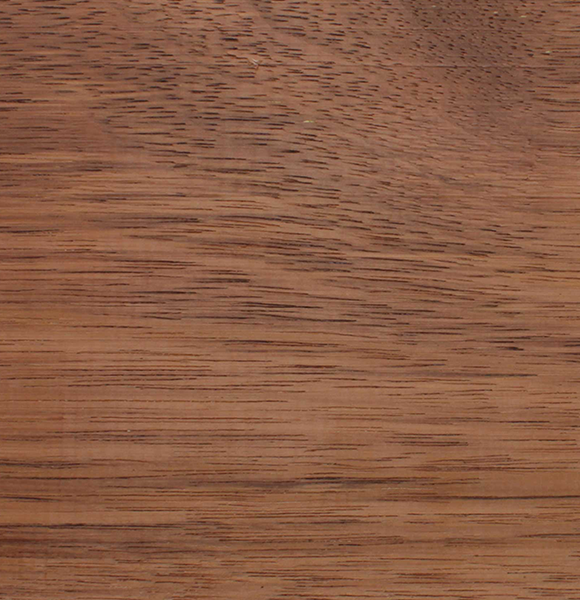BANGKIRAI / BALAU
In addition to numerous commercially used wood species from the Shorea genus, such as red, white and yellow Meranti, the heavy and durable kinds of this genus are especially important for outdoor construction.
Description
| Botanical name: | Shorea spp. |
| Overall character: | The color and structure of this mostly homogenous wood have a medium to coarse texture and a high density. Resin canals (light stripes) appear on its longitudinal planes and cross sections. |
| Color and structure: | The fresh heartwood has a yellowish brown color that often darkens to an olive brown. The sapwood is slightly lighter, though that isnt always noticable. |
| Characteristics/features: | The great natural durability of the heartwood allows for easy outdoor use without specific protection and in the long term. |
| Areas of use: | Used as a construction wood outdoors as well as in port engineering that requires medium to high mechanical strain, terrace boards and pier decks. |
| Sources: | https://www.holzvomfach.de |



